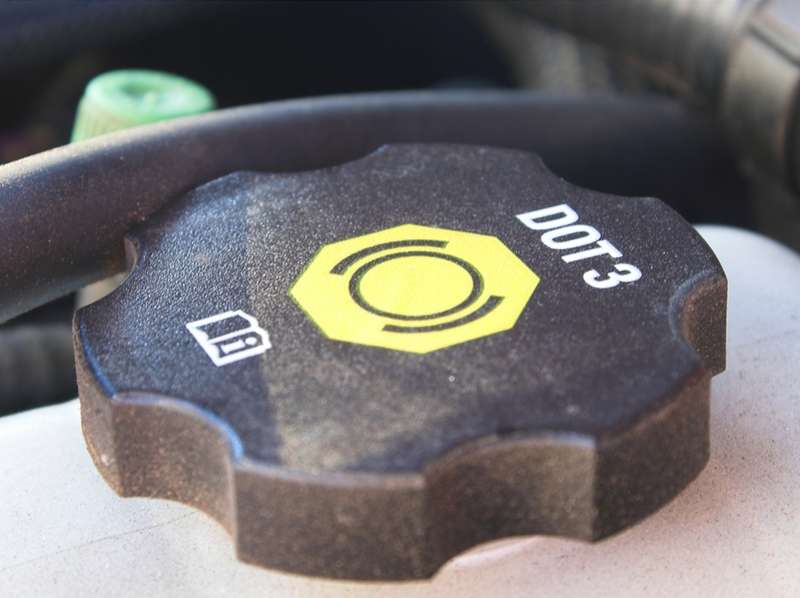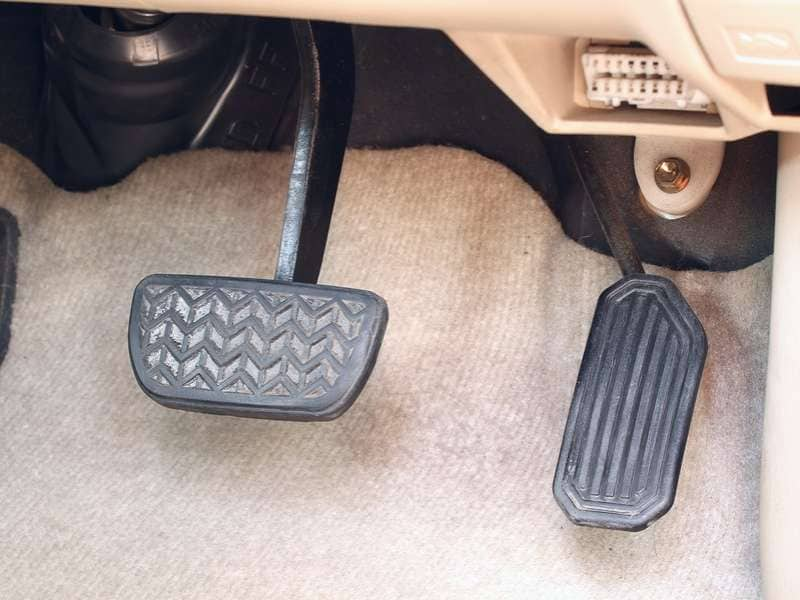Recent Articles
Popular Makes
Body Types
How To Bleed Brakes On A Car

Knowing how to bleed brakes on a car will help keep your braking system performing well and could prolong the life of its components. Before bleeding brakes the first step is to lubricate the bleeder screws well with penetrating oil. Use a box end wrench as it will allow more contact with the bleeder and will have less chance of stripping it. A stripped bleeder screw could require caliper replacement, a potentially costly repair.
There are several methods you can use when bleeding brakes, however whichever method is used the process normally starts with the wheel furthest away from the master cylinder and then moves on to the next furthest (unless the owner’s manual or manufacturer specifies otherwise). Some cars have ABS systems that require a special tool to cycle the ABS system to fully bleed the system. Whenever bleeding brakes or adding fluid to the system always use a new unopened bottle of the manufacturer's recommended brake fluid. You should also consider flushing the old fluid out of the system as old brake fluid (both in the bottle and in your brake system) attracts water which can seriously impede your car’s braking performance.
The traditional (and cheapest) bleeding method requires only a hose, a plastic bottle, and a helper to work the brake pedal. Ensure that the master cylinder is full before you begin and monitor it as you go as if the fluid level gets too low air will be sucked into the system which would require restarting the bleeding process from the beginning.
Place one end of the hose one the end of the bleeder screw and the other into a bottle. The hose should fit snugly over the bleeder screw. Have your helper press down on the brake pedal as if they are coming to a light stop from a slow speed. Let them know that when you open the bleeder screw the brake pedal will begin to lower. Open the bleeder screw a quarter turn and wait for the fluid to begin to flow out. When the flow stops, close the bleeder screw and have your helper remove their foot from the pedal. When performing this operation do not let the pedal sink all the way to the floor. A block of wood or a brick under the pedal can help prevent overextending which could damage the master cylinder. Repeat this process until the fluid in the hose appears clean and there are no visible bubbles.
A variation of this method allows you to bleed the brakes on your own, however it may not work as well as the normal method as it can introduce air into the system via leaks between the bleeder screws' threads. To use this method you will either need special one way valves that replace the bleeder screws, or a hose with one end attached to the bleeder screw and the other end inserted into a bottle half-filled with clean brake fluid. By having the hose submerged in the brake fluid the bleeder will suck in brake fluid instead of air each time the pedal is released.

Pressure and vacuum bleeders can make the process simpler and faster, but generally don't do any better a job than the traditional method, and require a larger investment. Pressure bleeders work by attaching a special cover to the master cylinder which uses pressure to push the brake fluid through the system while vacuum bleeders are basically the opposite and work by sucking the fluid out of the bleeder screws using a vacuum.
After you’ve completed bleeding all of the brakes pump the pedal a few times to move the pads back in contact with the rotors and check for firmness. Carefully take the car for a test drive to ensure that the brakes work as expected. If the pedal is still soft or sinks to the floor you may need to bleed your brakes again.
